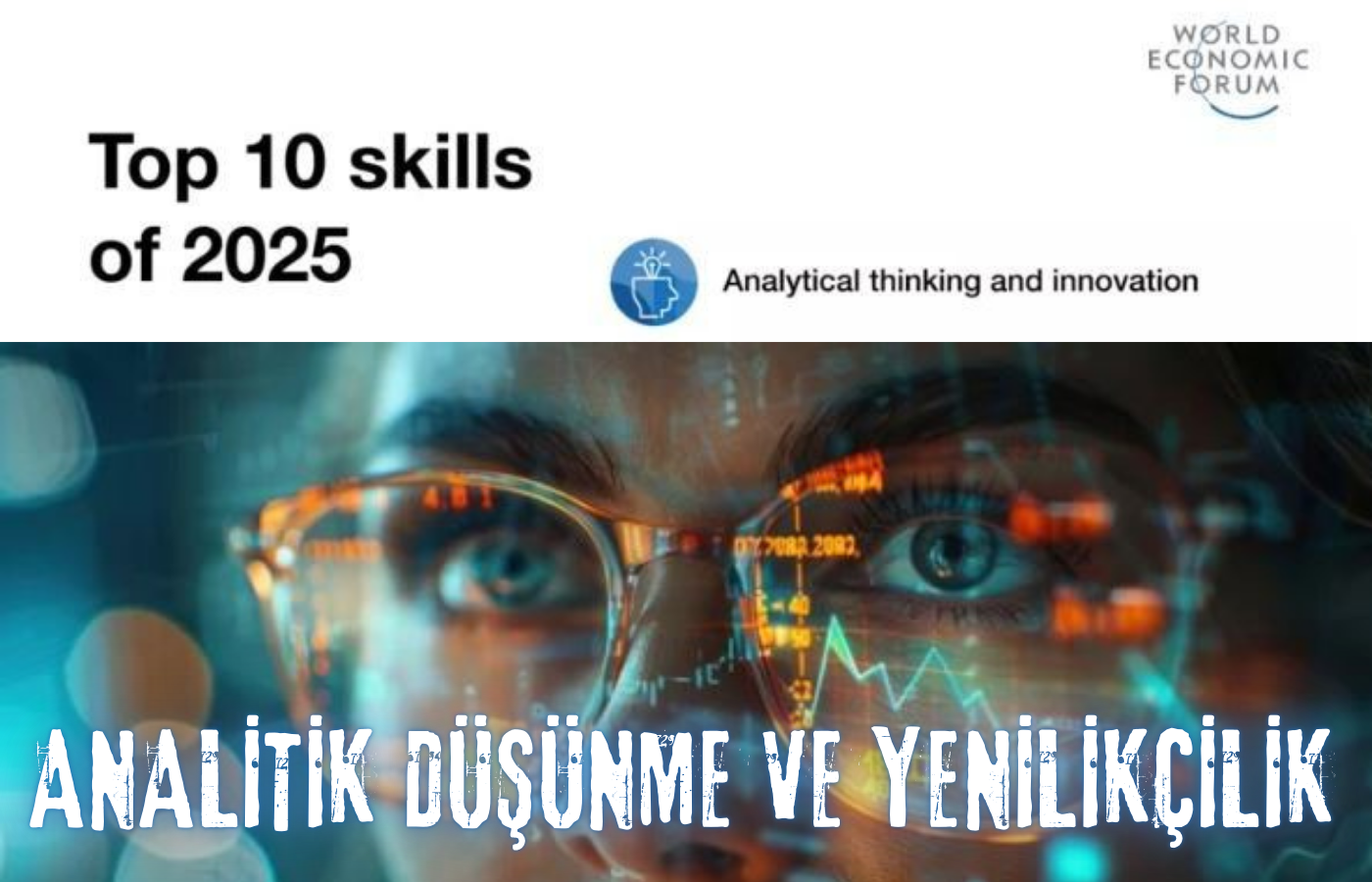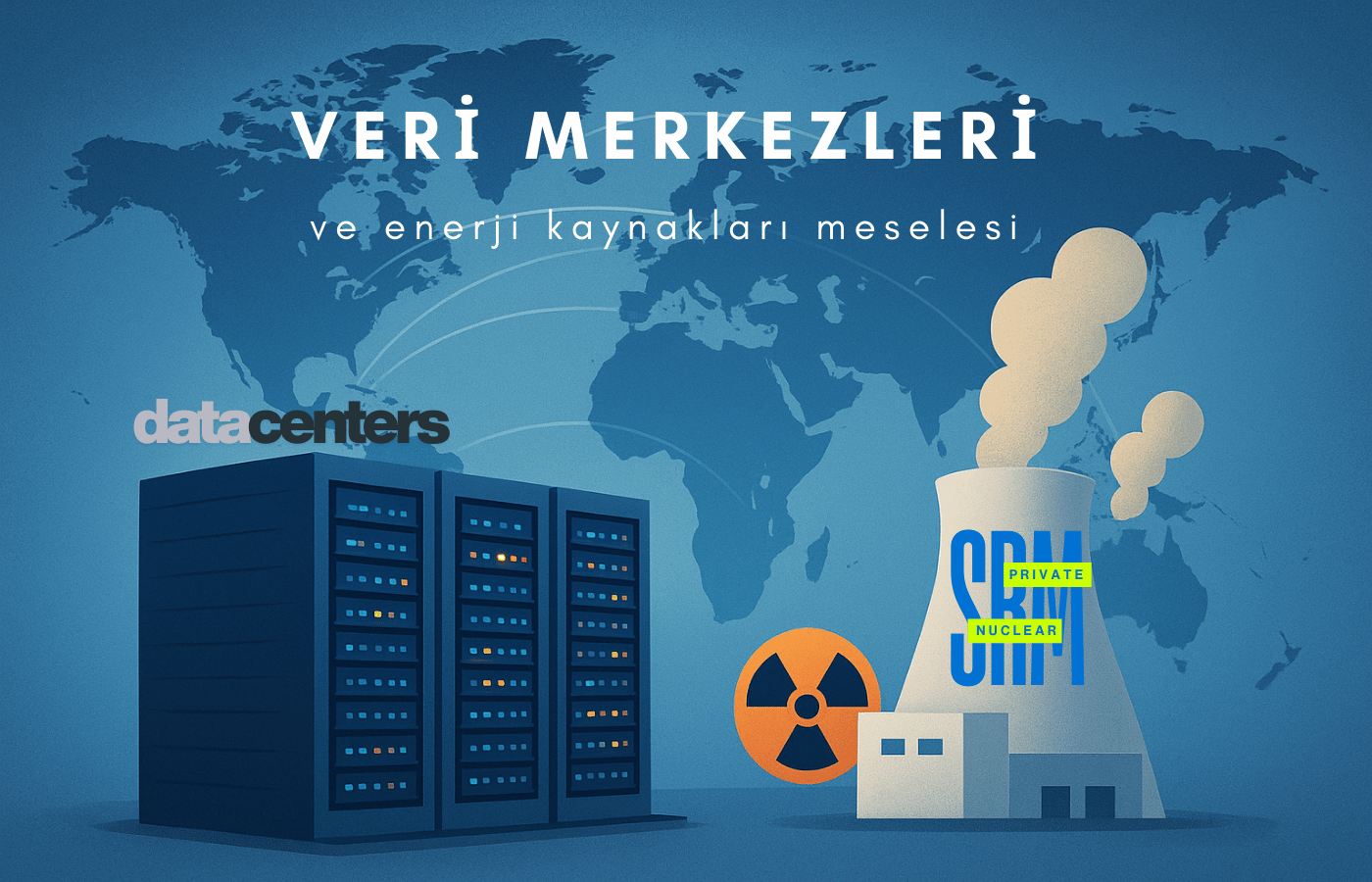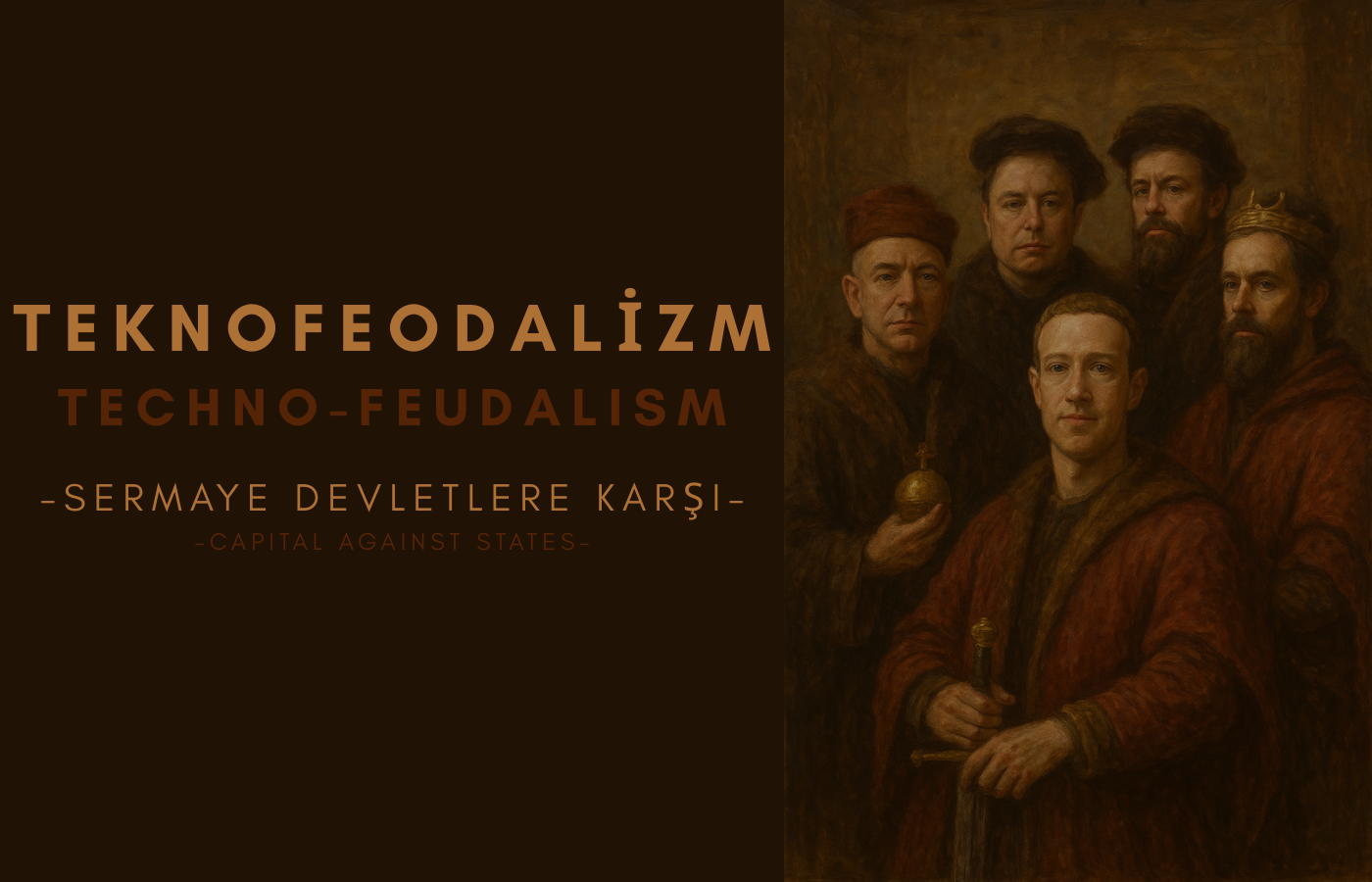
Analytical Thinking and Innovation
As you may know, the World Economic Forum (WEF) is an independent international organization that brings together business, political, academic and civil society leaders from around the world to shape global, regional and sectoral agendas.
In line with its mission, it gathers and encourages leaders from different sectors and countries to work together to discuss important global issues and develop solutions. As a result of the studies it organizes under different headings, it shares with the public critical studies that it updates every year, and we can mention some of them as examples.
Global Competitiveness Report: evaluates the economic competitiveness of countries.
Global Risks Report: Analyzes global risks and gives advice on how to deal with them.
Future of Jobs Report: Analyzes the changes in the labor market and the future demand for talent.
Skills of the future

The title “Top 10 Skills of 2025” in the World Economic Forum’s Five-Year Projection report, published in 2020, highlights the talents that will become important to succeed in the business world by 2025. These talents, grouped into four main categories, play a crucial role in the success of individuals and companies. In this blog series, we will discuss these skills one by one and show how we should equip ourselves for the future.
Analytical thinking and innovation. What is it?
Analytical thinking is the ability to solve complex problems in a logical and systematic way. Analyzing data, organizing information and drawing meaningful conclusions from that information are the fundamental elements of analytical thinking. In Peter Facione’s “Critical Thinking: What It Is and Why It Counts”, analytical thinking is defined as “a set of mental processes used to solve problems by collecting and analyzing data and drawing logical conclusions from it”.
Innovation is the process of developing new ideas, products, services or processes to improve existing situations. This skill is a combination of creative thinking and problem-solving skills. In Clayton Christensen’s book “The Innovator’s Dilemma”, innovation is defined as “the process of converting creative ideas into economic or social value”.
Why do you think they started with this title as their first skill?
We can cite several reasons to understand why the World Economic Forum put “Analytical Thinking and Innovation” at the top of the list. The problems we face in today’s world are becoming increasingly complex. Large-scale problems such as global warming, pandemics and rapid technological change require people with analytical thinking skills. This skill consists of breaking down complex problems into their component parts to make them more manageable and find solutions.
In addition, analytical thinking and innovation are essential to gain competitive advantage in the business world. Companies that analyze data effectively and develop innovative solutions can adapt more quickly to market conditions and stay ahead of their competitors. For example, Amazon has strengthened its leadership position in the industry by using big data analytics to predict customer preferences and personalize its services accordingly.
How can we improve it?
There are several strategies to develop analytical thinking and innovation skills. First, it is important to complete training and courses that focus on data analysis and problem-solving techniques. Online platforms offer a wide range of resources on this topic. For example, you can find numerous courses on data science and analytical thinking on platforms such as Coursera and edX.
Secondly, it is also useful to engage in activities that encourage creativity. Activities such as brainstorming sessions, innovation workshops and creative writing can help you develop your innovative thinking. Such activities allow you to take on different perspectives and improve your ability to come up with creative solutions.
After all, it is important to be inspired by successful examples. Tesla, for example, has revolutionized the automotive industry with its innovations in electric vehicle technology and the use of analytical thinking in the development of these vehicles. The continuous improvement of Google‘s search engine algorithms using data analytics is also a good example of how analytical thinking can make a difference in business.
In the first part of this blog series, we briefly discussed the skill “Analytical thinking and innovation”. Analytical thinking requires a logical and systematic approach to solving complex problems, while innovation is the development of new ideas, products and processes. The combination of these two skills is the key to success in the future. In our future articles, we will analyze the other skills listed by the World Economic Forum. Stay tuned!



